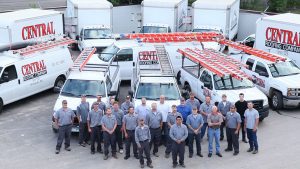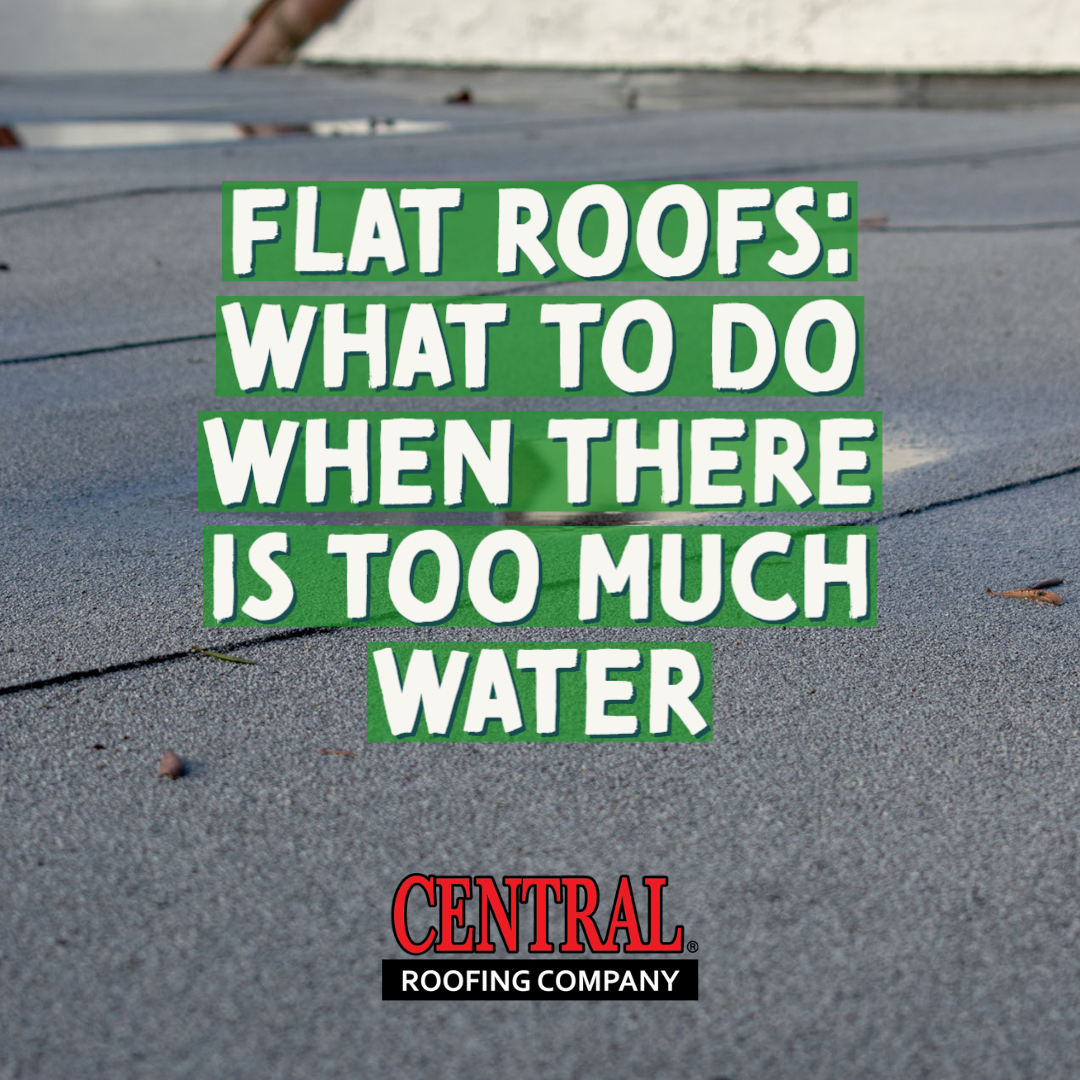Commercial Roofing Terminology Glossary
If you have a problem with your roof, and you have to call in a professional to repair it, then it might be handy to know some basic terminology to make it easier to understand what the professional is talking about. Here is a list of common terms that relate to roofing.
- Eave – The eave is connected to your roof at the very edge. Its purpose is to prevent water from dripping onto your walls by collecting the runoff from the roof and diverting it away from the house.
- Dormer – This is the little structure that sticks out of the top of your roof. They sometimes have windows. Their purpose is to allow natural light in and provide some ventilation.
- Shingles – The shingles are what cover your roof and protect it from the elements. They are rectangular and are aligned vertically. They are usually made of stone, wood, or metal.
- Rafter – The rafters are the support beams that keep your roof from caving in. They’re located inside the home, and are usually made of sturdy wood.
- Fire Rating – The materials used to make your roof are given a rating to determine how fire resistant they are. They are classed from A to C, with A being the most resistant. It is important to know how resistant your materials are so you can practice fire prevention best practices.
- The Deck – No, this is not a place to hang out during the summer. When it comes to roofing, the deck is a layer just below the roofing material. It is usually made up of wooden boards, and helps keep the roofing structure in place.
- Drip Edge – The drip edge is usually a piece of metal that is put in place at the edge of the roof to further help with water runoff. They’re specifically put in place to protect the deck and the eaves in their most vulnerable spots.
- Flashing – There are sheets of metal installed on your roof that stop water from getting into vulnerable areas. Shingles are an example of flashing, as they are placed strategically to run water away from the roof and into the eaves. They are always pointed away from chimneys as well, to prevent water from damaging it.
With this glossary of terms, you will now be well prepared for any discussion about your roof.






